Establishing consistent accountability when using the workshop approach to teaching and learning may seem daunting at first. After all, your students are producing, and consuming an immense amount of content during workshop on a daily basis…far more than you can (and want) to grade. The good news is, you don’t have to grade every activity.
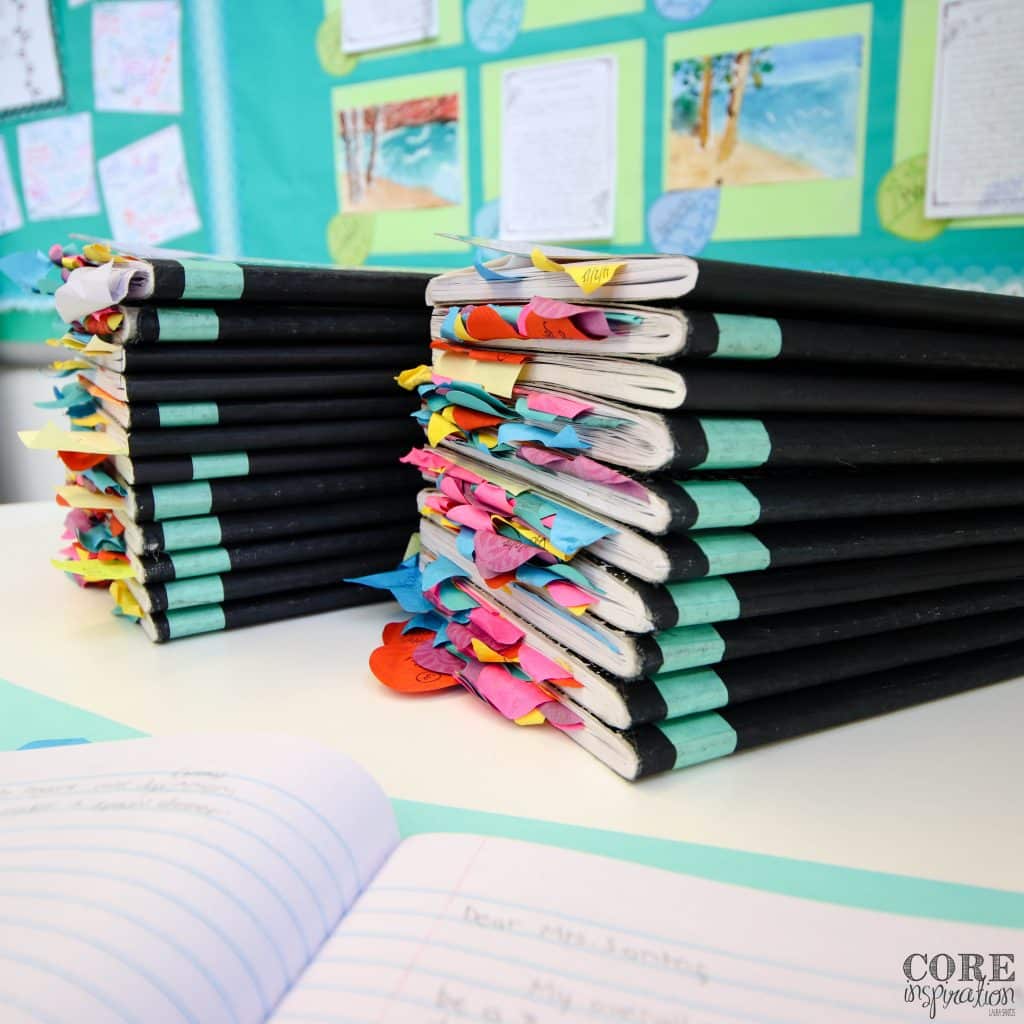
I know what you’re thinking…”If I stop grading every single thing…there won’t be enough accountability.” The reality is, there are other far more efficient ways to establish accountability and boost meaningful student growth. One of these ways is routine student self-reflection.
If you’re ready to bring more student reflection to your classroom, these tips can help you establish routines that maintain consistent accountability in your workshop classroom.
Creating Rubrics Together
A foundational rubric will help you and your students create a common language that can make ongoing assessment more meaningful and fluid in your classroom. Begin by pulling the rubric your district requires you to use, or write a rubric that communicates your parameters for each level of understanding in your classroom.
Rewrite this rubric in your own student-friendly language so you can share these parameters with your class. Making a slide or poster for each level on your rubric so it is easier for students to digest may be helpful. Set aside time in your schedule each day to create a one-week series of work sessions when you and your students can rewrite the rubric again as a class using language that is actually produced by your students. You may opt to:
- Have all slides/posters on display simultaneously while students rotate to stations where they work in groups to make meaning of each level of understanding. Students can then write their interpretations on the slides/posters, which can be aggregated on the final day.
- Display one slide/poster each day and host a class conversation that facilitates meaning-making for each level of understanding. Record student ideas as you work toward a common, and final definition for each level of understanding.
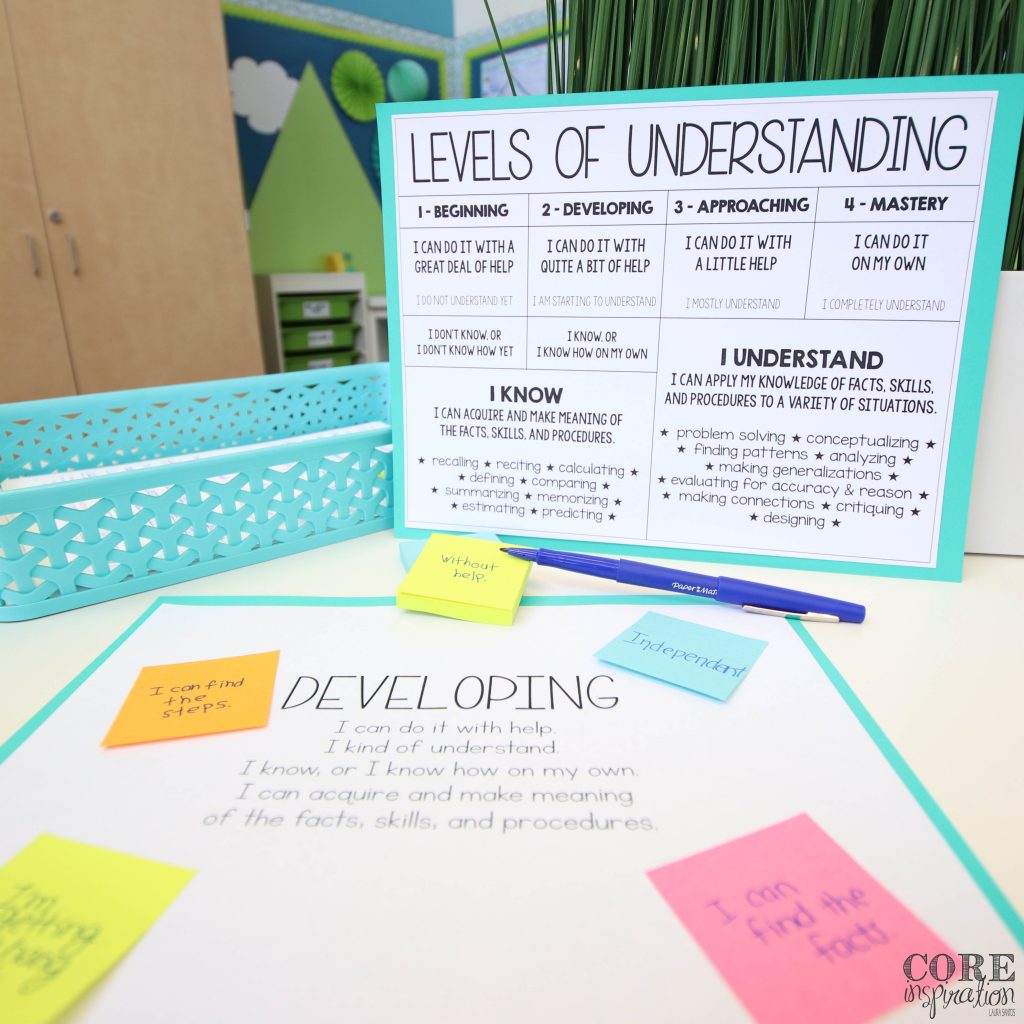
At the end of these series of work sessions, you and your students will have a rubric that is unpacked by them, rewritten by them, and ready to be used by them. Working together as a class to write a final rubric that will be adopted as the foundation makes conversations about assessments more meaningful and productive.
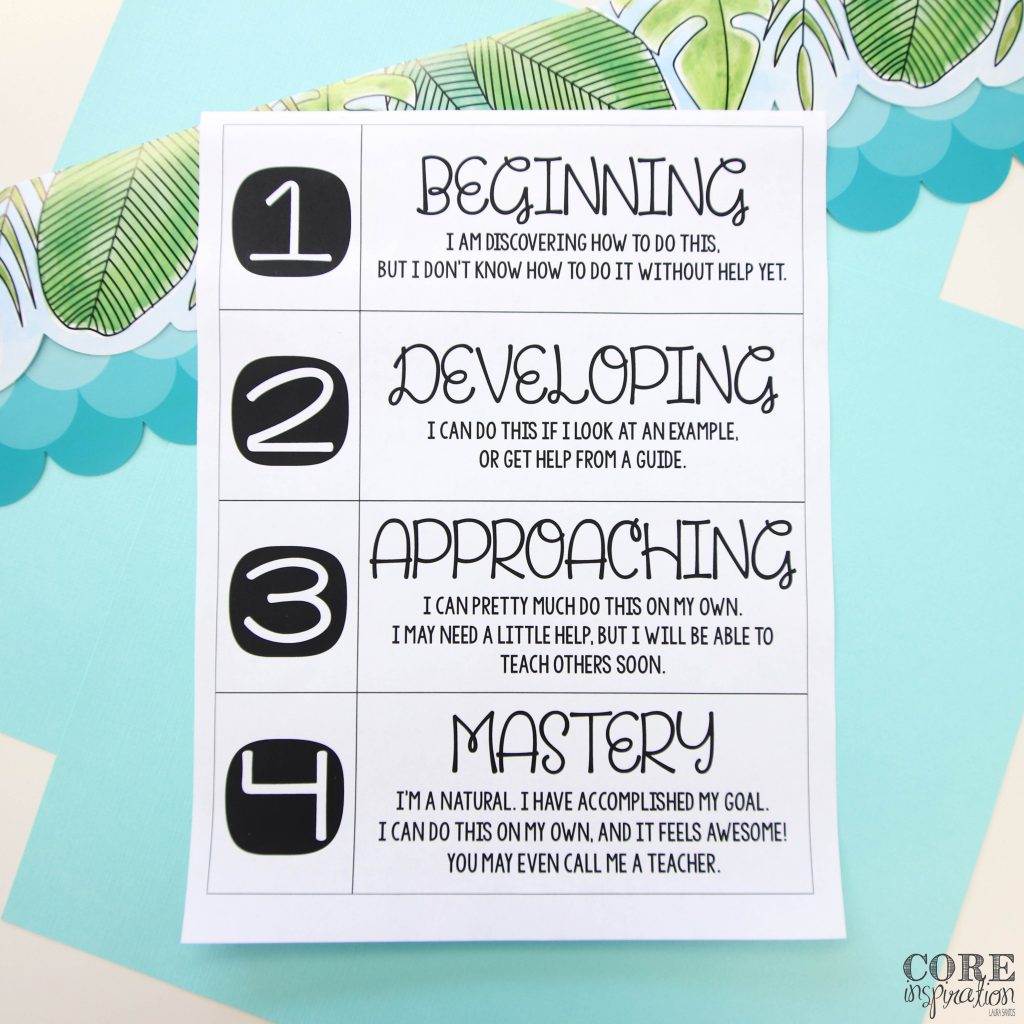
Rubric Drawers
Once your class rubric is created, you can make it easy for students to consistently reflect on their work by submitting any assignments to “rubric drawers” that are marked with the definitions for each level of understanding. This built-in practice of self-reflection builds students’ intrinsic motivation to reach higher and produce quality work.
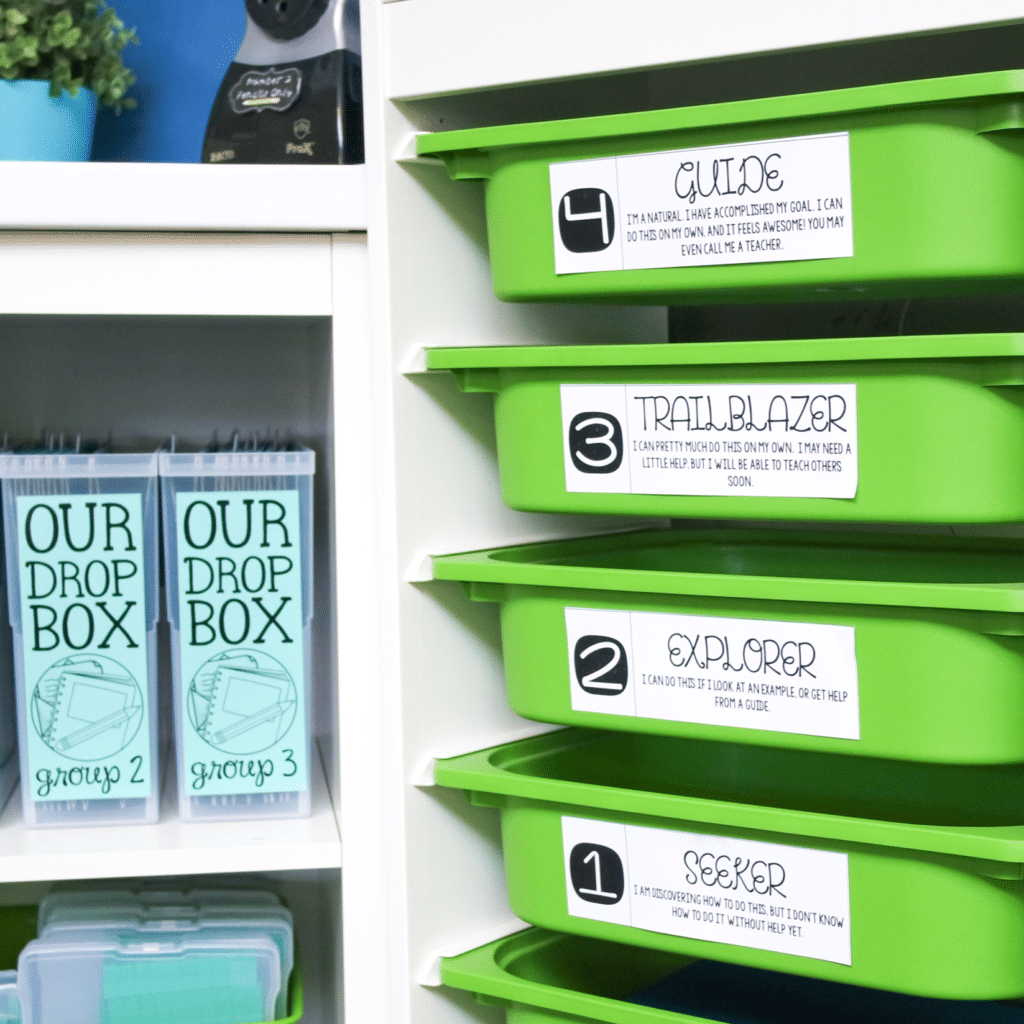
If you notice your students have a tendency to submit work to the “wrong” drawer, this signals they need a follow up lesson on the type of work quality required to achieve each level of understanding. Using exemplars (examples of each level of understanding from a particular subject area or activity) can help students build a stronger definition for what work quality looks like.
As students build their ability to accurately assess themselves, you can also have them attach a short note of justification for their self-scoring. This will provide insight about any misconceptions they may have about their work or the rubric levels your class has written.
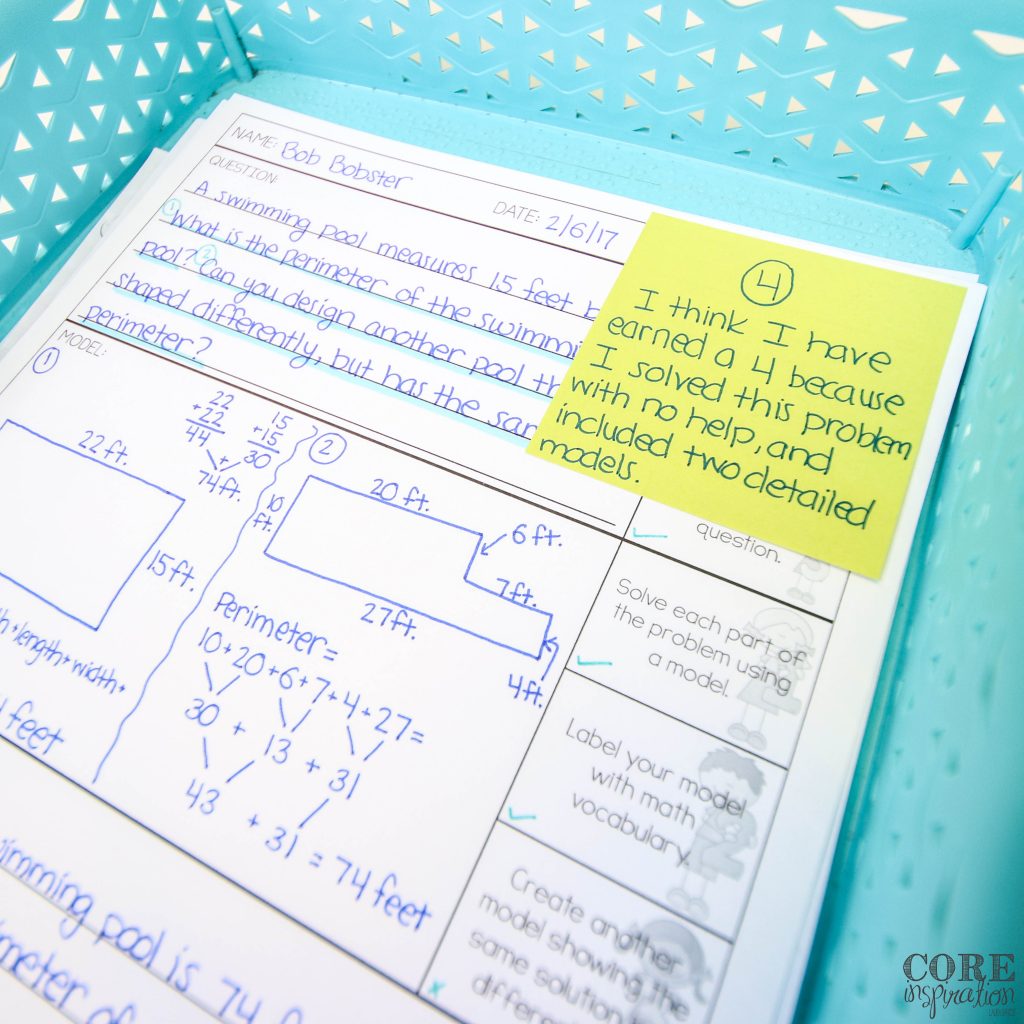
If you want to track the score students give themselves on an activity, provide a special pen or stamp that allows them to mark their score before placing it in the drawer.
In addition, you can have students submit work with the help of a partner. Once an activity is complete, a student can briefly confer with their assigned partner to get feedback, and make a decision about which drawer a piece should be submitted. This provides an additional layer of motivation for students to reach higher, as they know a peer will be reviewing their work quality.
Reflection Letters
Another routine that can boost student growth through self-assessment is the writing of reflection letters on a routine basis. Students thrive when they know they have an important role in their assessment process, and will be eager to read your response.
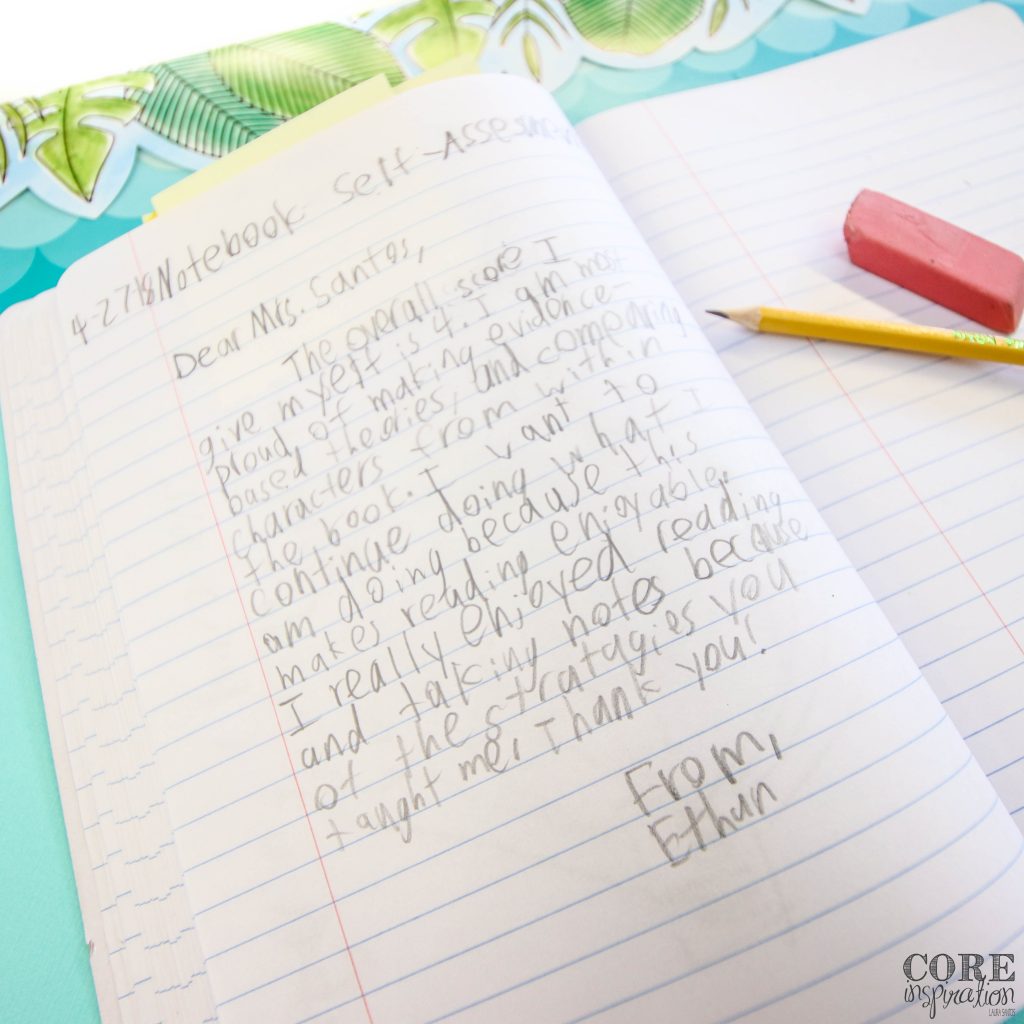
Begin by creating a prompt that asks students to reflect specifically on different areas of the assignment that will support their goal setting and goal progress. Also direct students to refer to their rubric to self-assess, and provide justification for their assessment as part of their reflection process. This routine will remind students the importance of keeping the rubric in mind as they complete their work each week, which will foster stronger performance.
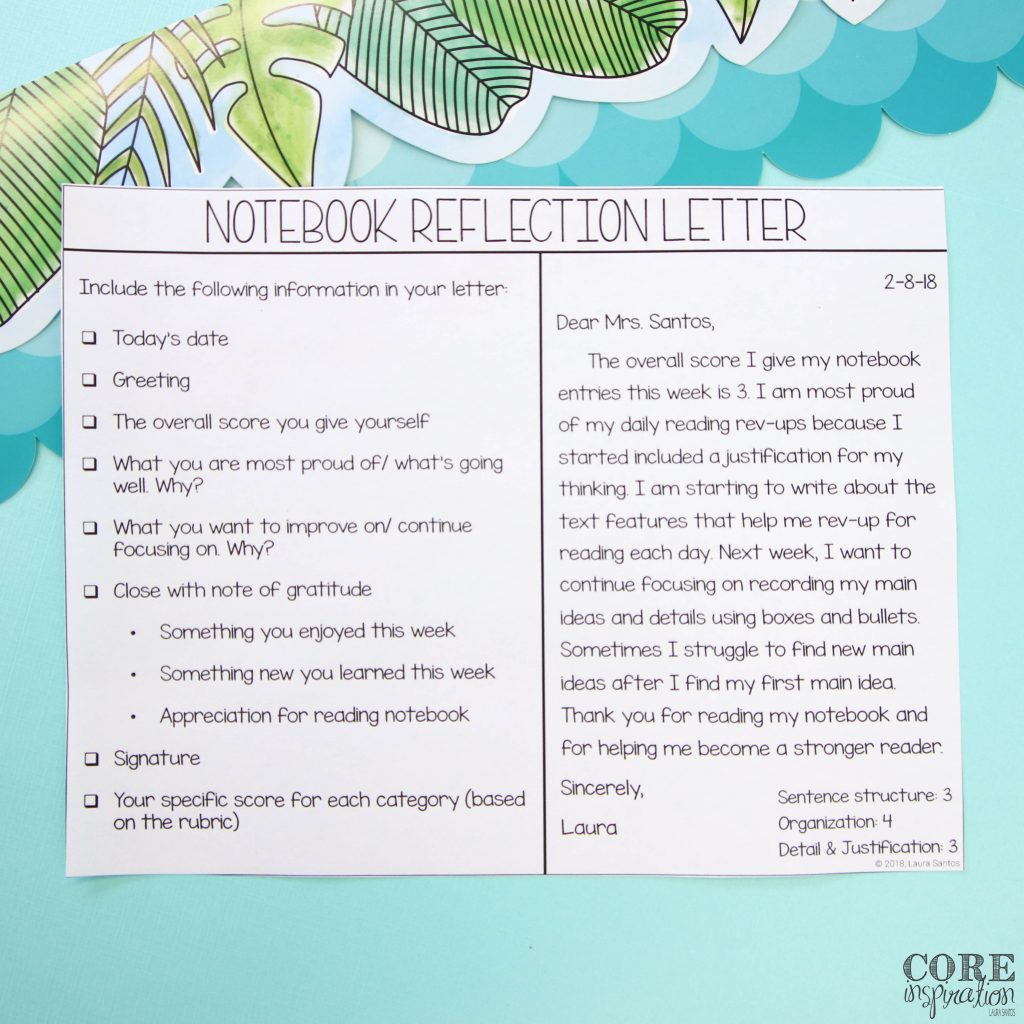
Set aside time to read these reflection letters and write brief responses which may include your own score using the same rubric, and comments that support your scoring. This written dialogue further emphasizes the value you place on student work and growth.
If you find the need to differentiate this letter writing process to support the unique needs of students in your classroom. Here are some differentiation ideas:
- Have students dictate as you record their reflection.
- Have students circle their score on a rubric and mark evidence with color-coding or sticky notes.
- Provide sentence frames to scaffold independence.
Self Assessment & Reflection In Your Classroom
Ready to give self-reflection a try in your own classroom? Here are a few editable tools to help you get started. Once you’ve established student self-reflection routines in your classroom, stop by and share your experience. I look forward to hearing about the growth your students make, and the freedom you feel from teaching in a workshop classroom where accountability and engagement are off the charts.
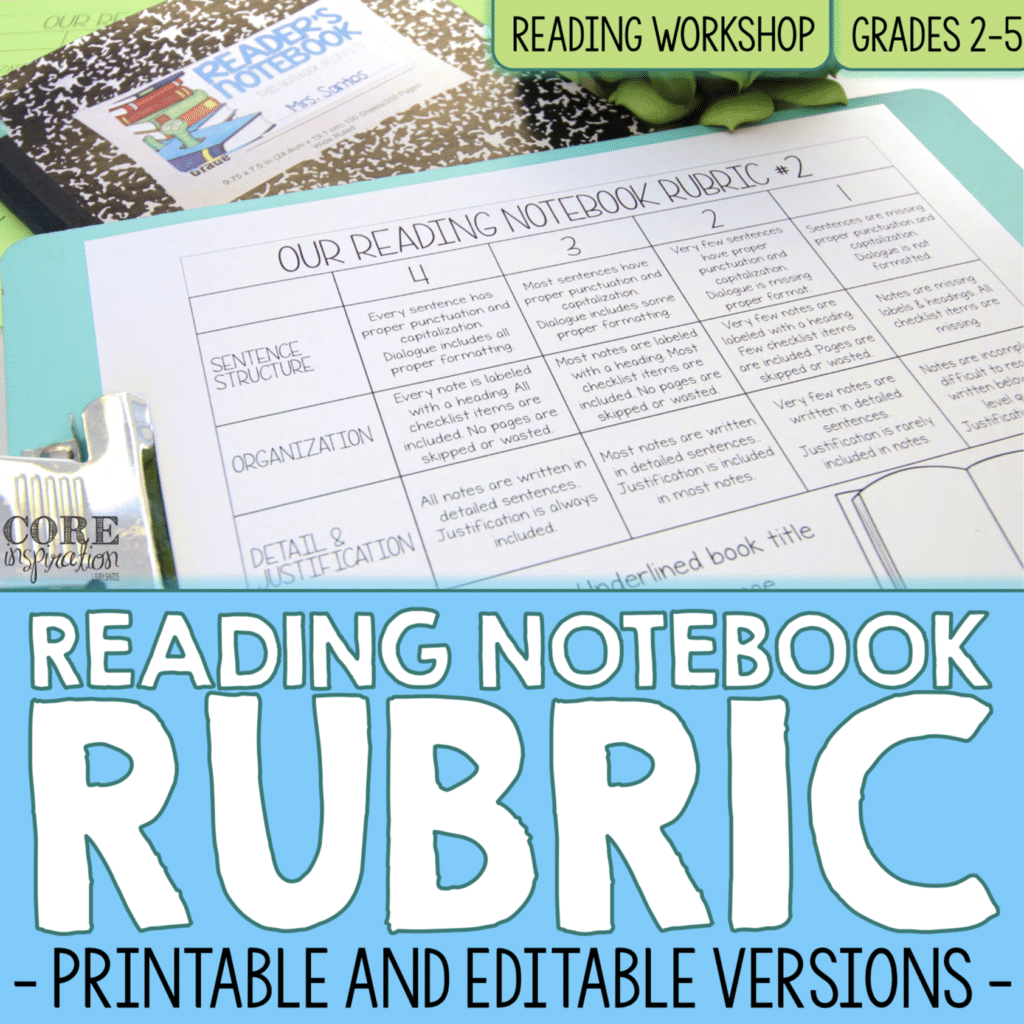
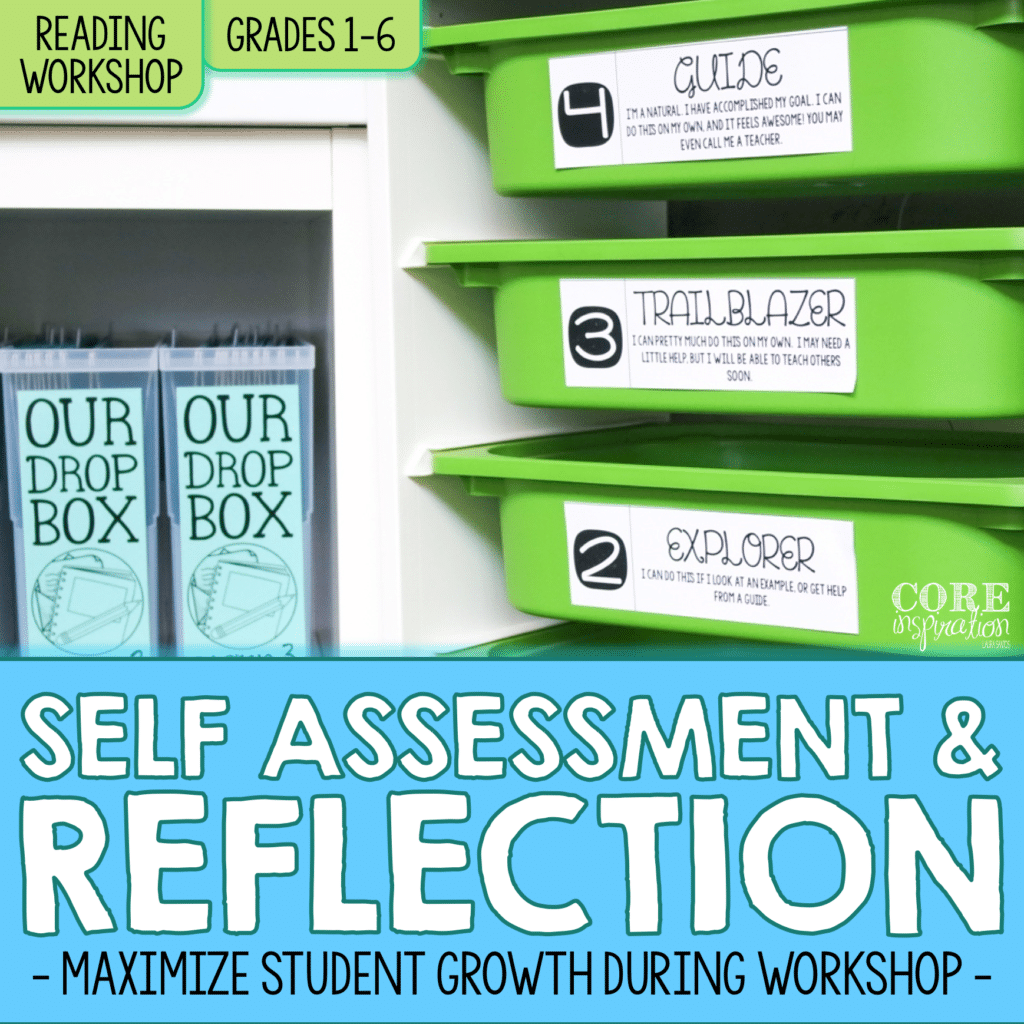
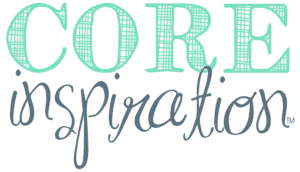

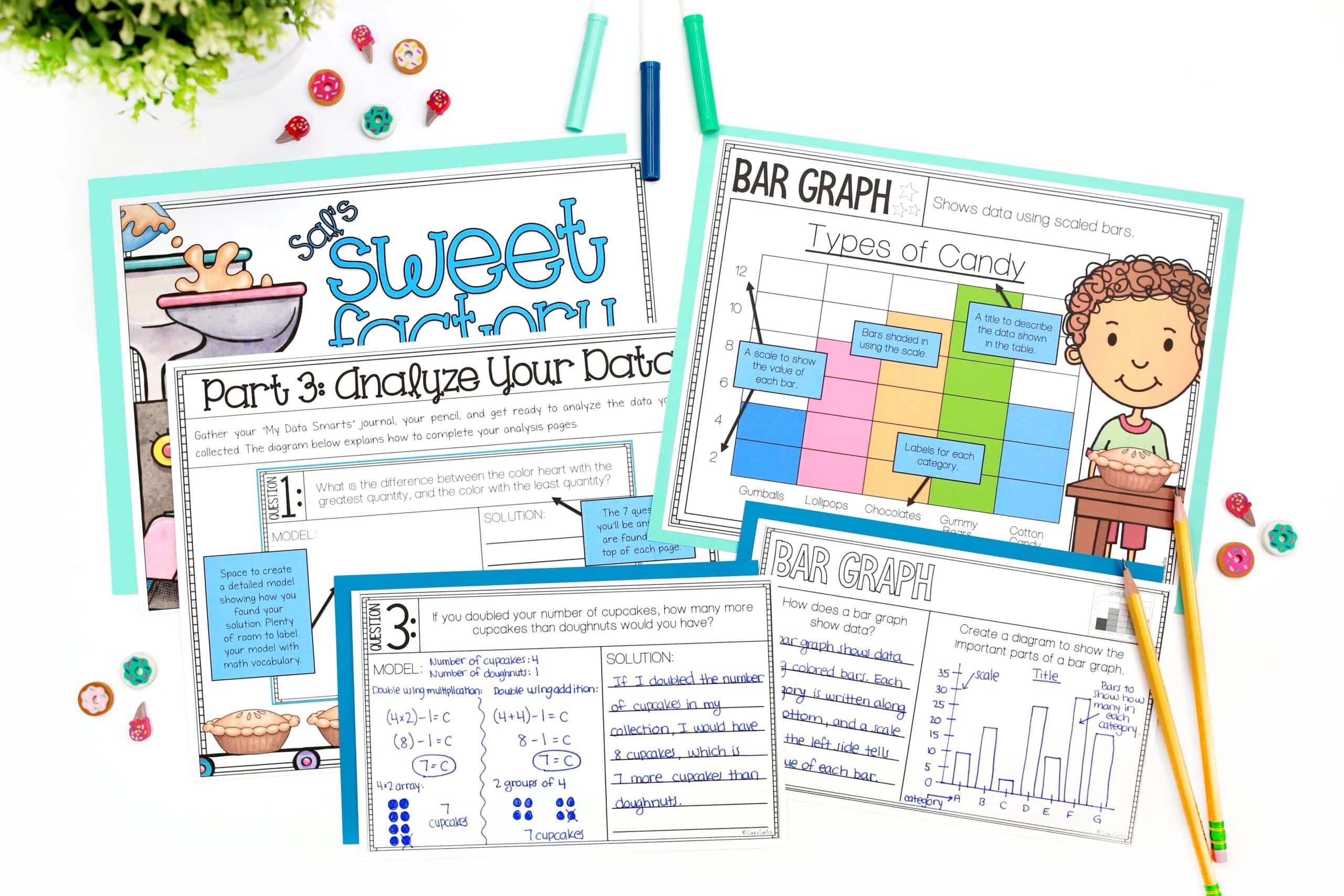
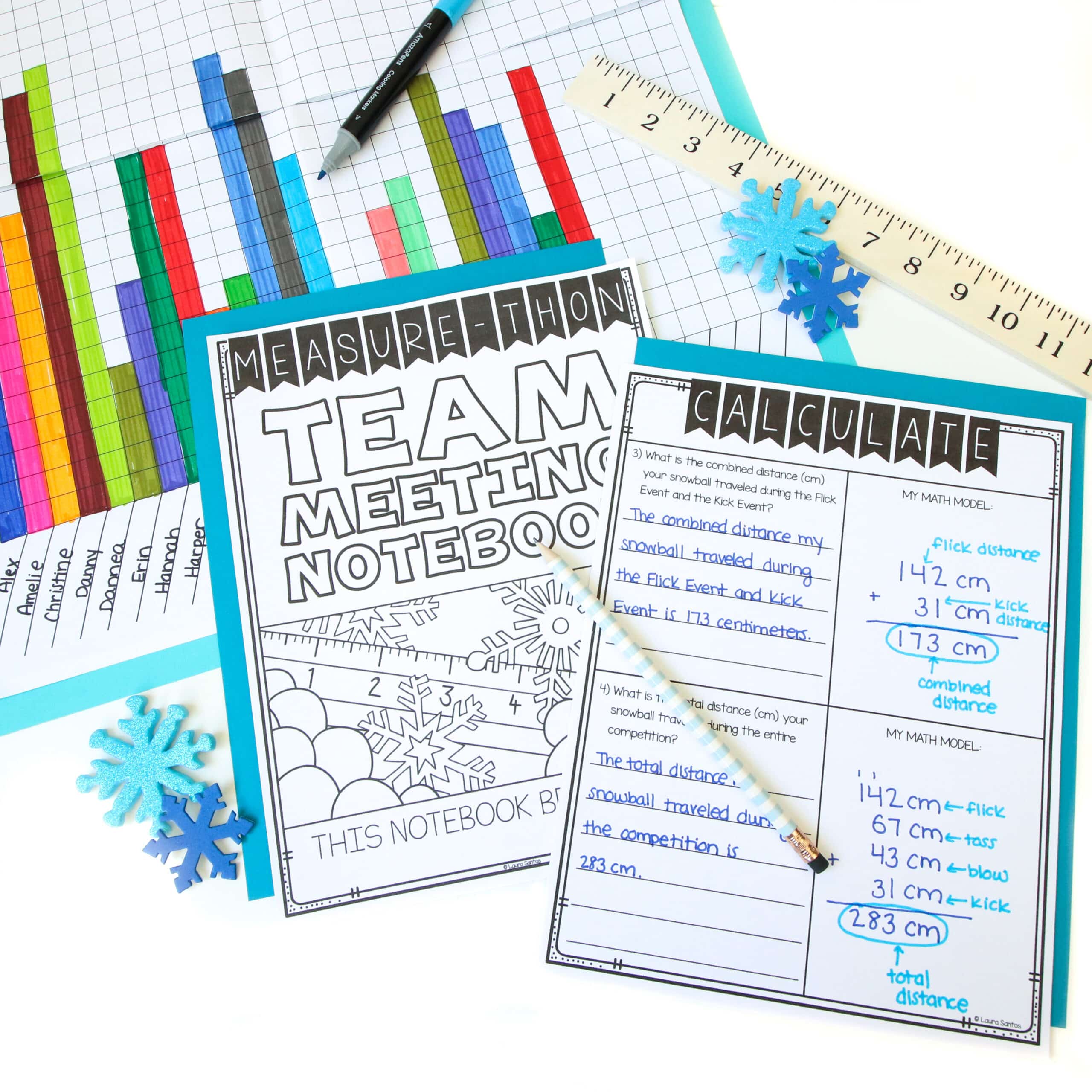

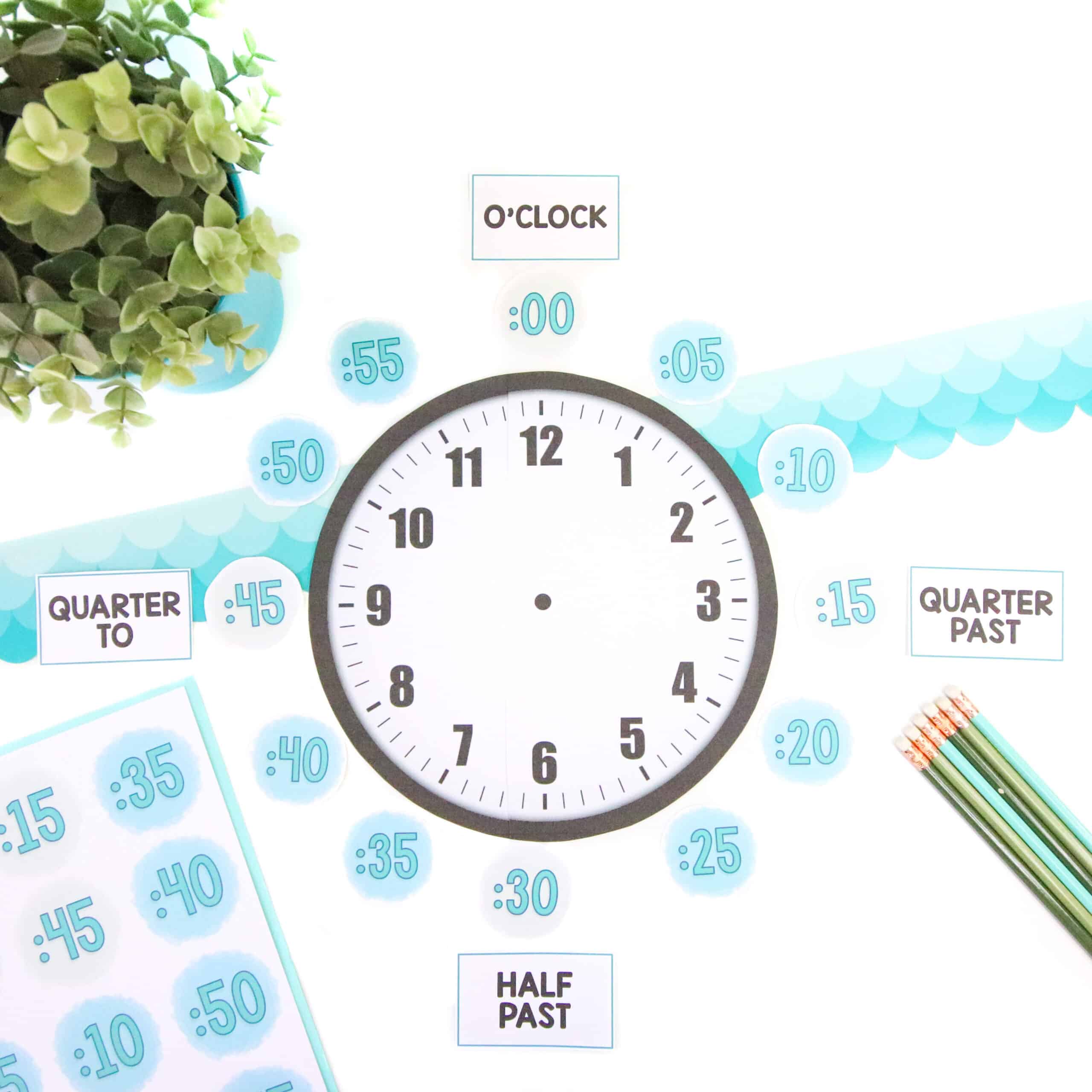
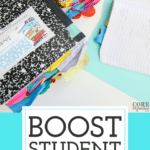
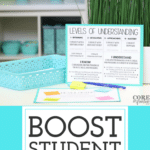
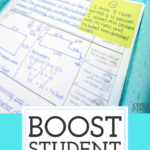
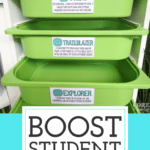
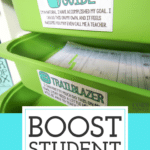
26 Responses
Where did you get the 6 drawer cart
Hi Brittany,
It is a Trofast unit from Ikea. 🙂
Warmly,
Laura
I am not sure where she might have gotten hers, but that is an Ikea furniture. Children’s furniture.
This seems like a good idea because it makes for collaborative learning and I get it but this takes lots of time. It helps to simply ask them and discuss. This would be great for the beginning of the school year so you can help them set goals. I do love the journal idea and to be able to have them write and read their writing and asses with the rubric is awesome and then offer resources they can include or glue in their binder.
Do you have your labels and forms available somewhere?
Hi Christine,
Thank you for taking the time to reach out. You can find most of the forms and labels featured in this post within these two resources: Math Workshop Starter Kit and Reading Notebook Rubric Toolkit.
Warmly,
Laura
Do you have a link to the problem solving template that is shown as an example above?
Hi Lynn, I certainly do. You can click here for the problem solving template. 🙂 W
Warmly,
Laura
Do you have a link for your “Levels of Understanding” Rubric?
Hi Karen, thank you for reaching out. The rubric is included in this resource. 🙂
Warmly,
Laura
Where can o download? Do I have to pay?
Hi Paola,
Thank you for reaching out. If you would like to download the pre-made resource, you can find it in my store here.
Warmly,
Laura
Hey, what did you use to bookmark your student’s pages in the composition books? Thanks!
Hi Melissa, I used shaped sticky notes like these.
Warmly,
Laura
Do you have a post where you talk about why there are so many post-it’s in the notebook? Do you students have a notebook for math? How do they organize materials? Always looking to improve 🙂
How do you decide what gets graded and wherd do you fit in tests, if they don’t naturally fall on a Friday?
Hi Kell,
The students decided which task card they would like to have graded for math workshop each week. They select the task they are most proud of. For reading workshop, I grade their notebook every week. As for tests, they rarely fall on a Friday. I just have students work on their assessment during the At Your Seat rotation of workshop, or replace workshop with a test session for that day.
Warmly,
Laura
Hi Laura,
Thanks for sharing those great tips about how we can get our students to be more accountable for their learning. I truly believe that student reflection is a big part in student learning and their growth. It is very important for students to be able to assess themselves and reflect on their learning. I really liked your idea about creating rubrics together with the class. It is a great way to work collaboratively as a group and to take ownership. Have you had a chance to create rubrics at a primary level (grade 1)? If so, what did this look like? I work together with primary students to set up criteria for their work and they have to go through a checklist. I really appreciate the differentiated ideas for self-reflections, as this can be a challenge in the primary grades. For goal settings we have use two stars and one wish. Students share two areas of learning where they feel they are strong and one area they would like to improve in. A challenge that I have is getting students who are not motivated to be accountable for their work. What kind of strategies do you use for these situations?
I think the topics that you have posted on your blog are a great way to learn from others. I look forward to hearing from you and connecting with you to explore other topics!!
Sharan
Hi Sharan,
Thank you for reaching out. I have never taught first grade, so I only have experience creating rubrics for grades 2-4. If I were to design a rubric for first graders, I would include images that represent each level along with a list a words to describe the level – of course I’d introduce these words to the class so they were familiar with decoding them and comprehending their meaning. I love the two stars one wish idea!
To boost motivation for students, I always find sharing strong student reflections as exemplars is a great motivator.
Wishing you and your students all the best. 🙂
I teach 1st grade. Another thing you could do is use Seesaw so that students could record their thinking using the microphone tool instead of writing it all. I would suggest having your unmotivated students partner up to discuss their writing with a partner that is currently more motivated than they are.
Amy
Hi Laura,
I just purchased your Reading Notebook Rubric Toolkit – amazing! I teach 2nd grade and I know this is a grade you’ve previously taught. Did you find any modifications necessary or helpful for grade 2? I hope to fully implement a reading response notebook (next year) but I’m nervous about some of their reading/writing abilities in the beginning of the year.
After reading The Book Whisperer, I’m working to integrate so many of Donalyn Miller’s ideals into my room but struggle with what that looks like for 2nd grade. Thank you for any insight!
Congrats on Baby Santos!!
Hi Candice,
Thank you for the kind message. Paul and I are SO excited for Baby Santos. When I was teaching second grade, I had not yet started using the reflection letter for the reading notebooks, but I certainly would if I were to hop back down a grade level. I would recommend shortening the reflection letter at the beginning of the year by having them write a sentence about each score they have given themselves on the rubric. This would really help build their understanding of effective rubric use in those early months, and build their reflective muscles. After December break, I’d switch over to using the first reflection letter included in the resource. 🙂
Warmly,
Laura
I teach MS Science. Could this be modified for a science classroom?
Hi Kendra,
Thank you for reaching out. I don’t have experience teaching middle school science, but I can see how all the routines/systems discussed in this post could definitely be adapted for many grades and subjects.
Warmly,
Laura
Hello Laura,
I have taught elementary for 22 years. I am presently teaching second language learners and this seems to be a good resource for them. How can I convert these to high schoolers? They know when something looks babyish.
thank you kindly for your time,
Teri
Hi Teri,
Thank you for reaching out. You can certainly create rubrics and labels that are more aligned to the needs of your older students. This idea can be modified for any grade level, but the resources I design are definitely more appealing to elementary students.
Warmly,
Laura